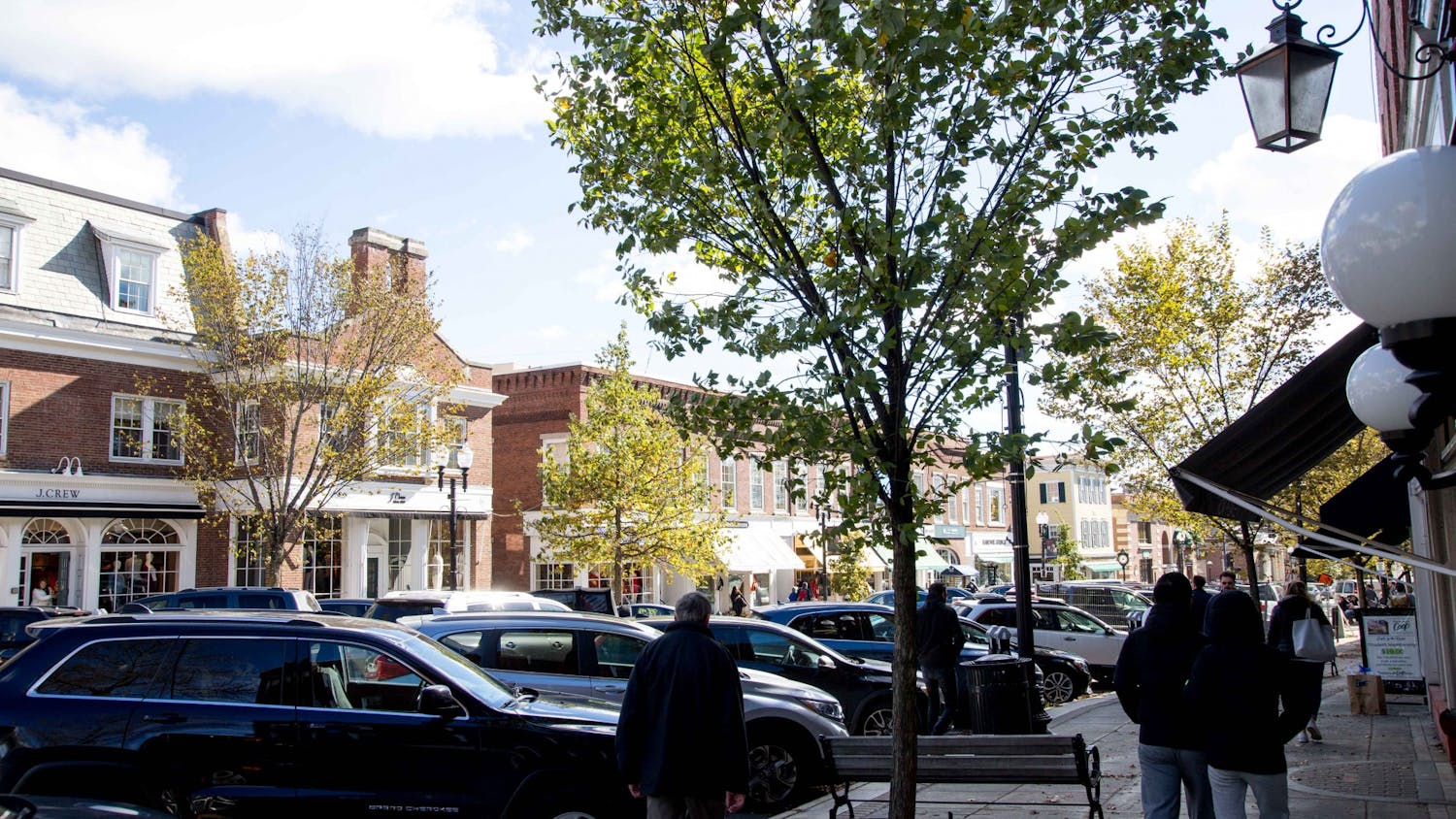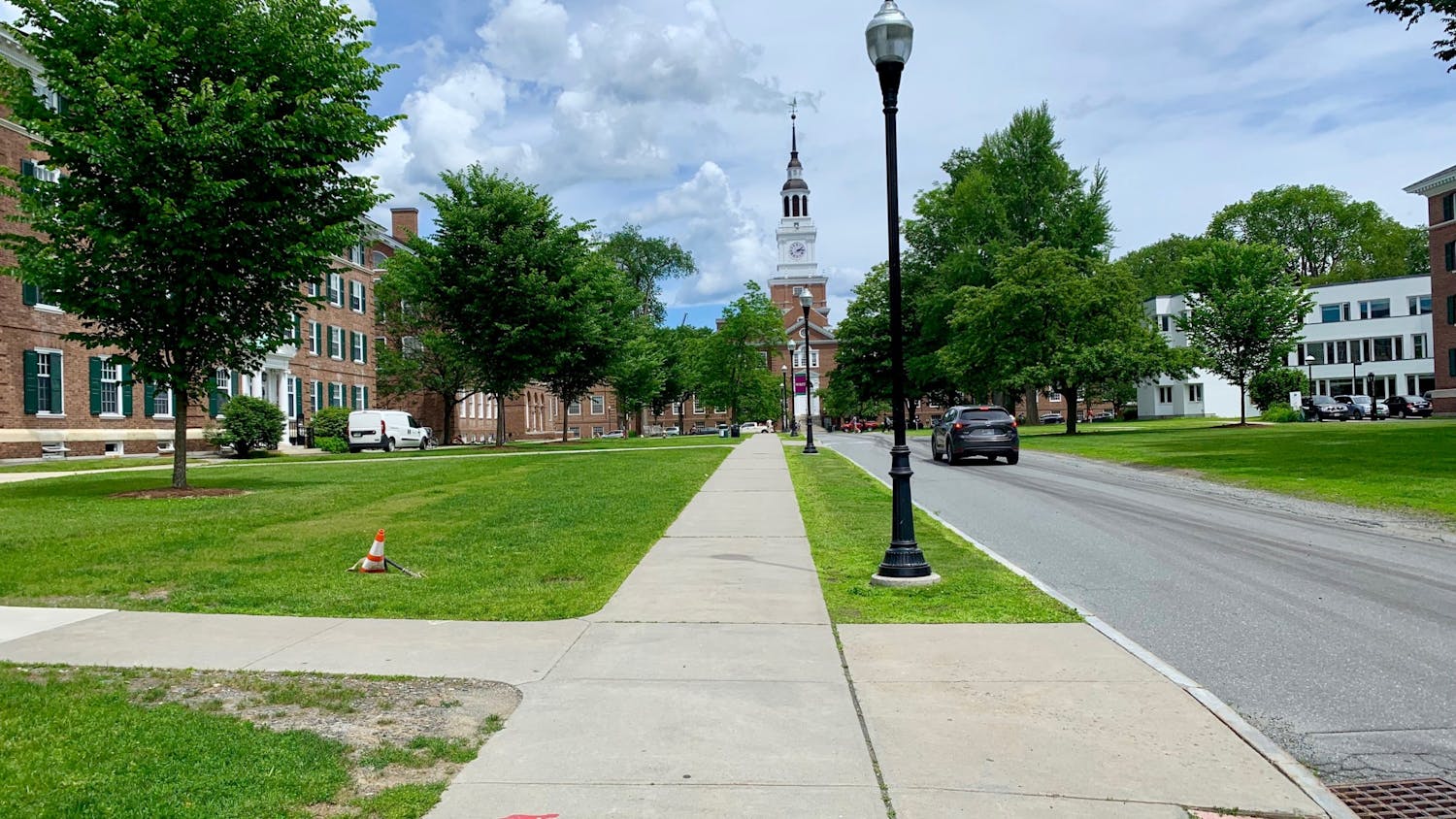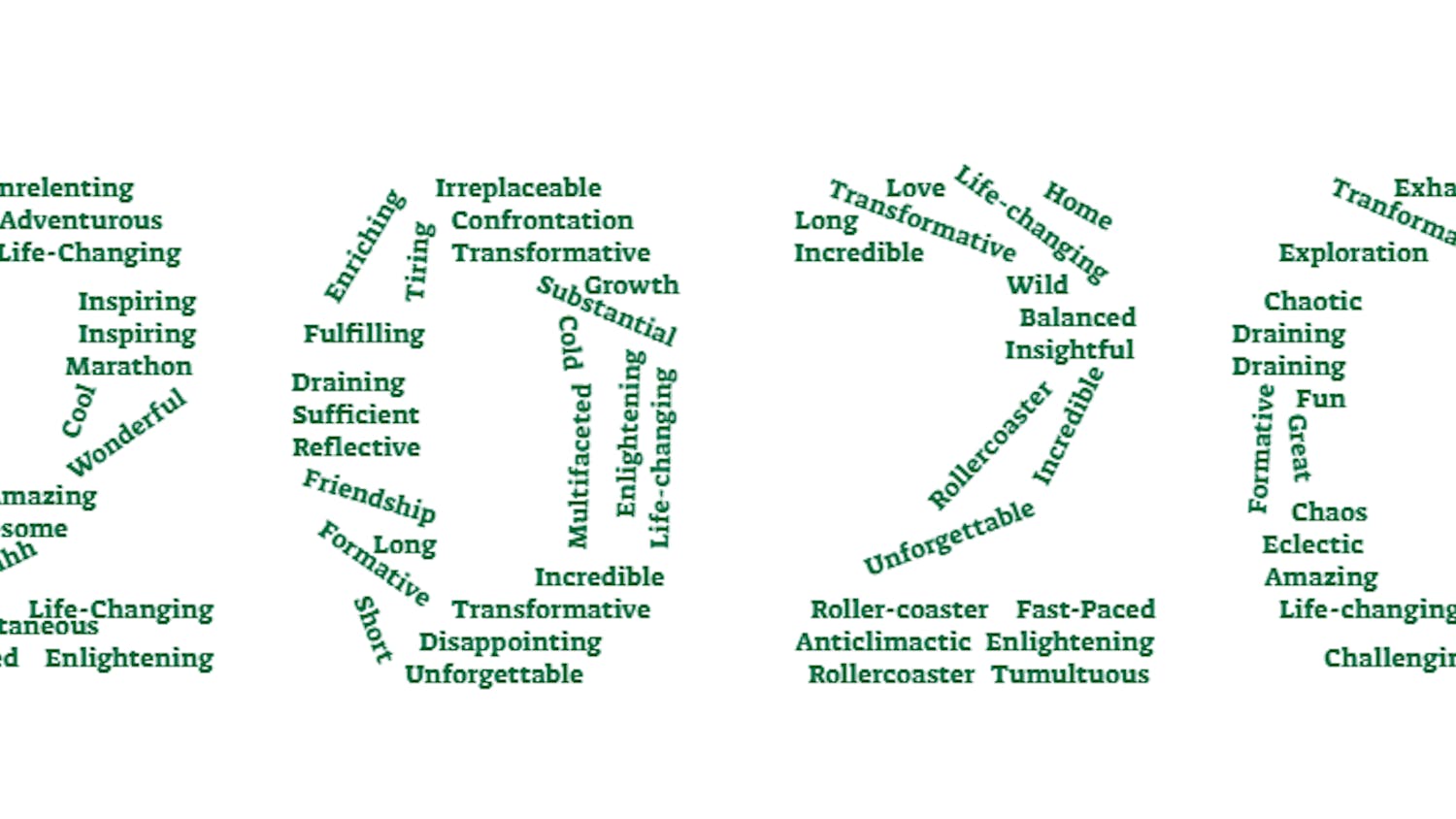When the influenza in 1918 caused Dartmouth to cancel student activities and postpone classes for two weeks, Clifford Orr, Class of 1922, wrote to his father that “the epidemic has killed what college life there was.”
These grievances are echoed by current students, who are facing an academic year filled with the uncertainty of remote and on-campus terms due to COVID-19. While these times are frequently — and rightly — described as unprecedented, there are similarities between Dartmouth’s response to the flu in 1918 and the protocols addressing COVID-19.
As evidenced by the cancellation of campus activities and the closure of the chapel in 1918, the administration avoided large gatherings, especially indoors. Dartmouth Night, a celebration of the College's 150th birthday, was also put on hold. According to Geisel School of Medicine epidemiology professor Jeremiah Brown, social distancing and the use of masks became common practice in 1918 and 1919, much like today’s global response to COVID-19.
“It’s alluded to the fact that social distancing and these sorts of public health practices were in place well before 1918,” Brown said, referencing a Vox article published in March comparing the 1918 and 2020 crises.
Brown added that there were three distinct waves of the Spanish flu, and there are already indications that a second wave of COVID-19 has begun. The second wave of the flu in the fall of 1918 affected Dartmouth the most and proved to be the deadliest wave throughout the world.
In 1918 and 1919, wartime preparation consumed campus life. There were 272 men from the Army training detachment barracked in the gym with an additional 695 students participating in the Student Army Training Corps.
“The outbreak really started with the soldiers but people were just in close confines in dormitories living together which made [the flu] spread quickly,” College archivist Peter Carini said.
Even though a letter from College president at the time, Ernest Martin Hopkins, suggested that a “considerable number” of students left campus in an attempt to avoid catching the flu, a total of 325 members of the Dartmouth community fell ill, and one faculty member, five students and 10 soldiers died from the flu.
“In the pandemic in 1918 and 1919, you’re looking at a conservative estimate of a case fatality rate of 3.5 percent with the higher more likely estimate of 10 percent,” Brown said, referencing the same Vox article. “It’s projected that one in three people globally were infected, and we’re not even close to that level of infection globally right now.”
Since Dick’s House began operations in 1927, there was no official health service for the Dartmouth community during the flu pandemic in 1918 and 1919, according to Carini. As a result, students who were sick from the flu stayed in their rooms, and the gym was fitted with beds to treat more critical patients.
Amid the current pandemic, Dartmouth has recorded eight cases of COVID-19 among students and no fatalities. Brown said that Dartmouth’s protocol of shutting down and preventing students from coming to campus after spring break helped to avoid transmission within the community.
“Getting students off campus and isolating at home as much as possible likely prevented a very rapid transmission on campus and prevented fatalities,” Brown said. “It’d be likely to be a very aggressive transmission in a close campus environment.”
In designing Dartmouth’s response to the current pandemic, COVID-19 task force co-chair Lisa Adams said that she referenced literature about the effectiveness of non pharmaceutical interventions taken in 1918 and 1919.
“[We saw that] the cities that responded quickly … with different interventions like school closures, cancelling all large gatherings and events laid with flu incidences had the best response,” Adams said. “If you lift them too early, no surprise there’s a resurgence of cases in those locations.”
Current protocols involve bringing more than half of the undergraduate student body on campus for each term, allowing students to spend up to two terms enrolled on campus. There will also be limits on group gatherings.
Retired history professor Jere Daniell, who studied local Dartmouth history, said that the Spanish flu was “nowhere near as big a deal” as COVID-19 today, and is not typically referenced in literature about the school’s history. History professor David Petruccelli added that the 1918 flu “passe[d] without leaving deep traces in culture.”
“For instance, there are no sort of memorials for victims of the flu pandemic 1918, despite the fact that it killed several times more people than the First World War did globally,” Petruccelli said. “And obviously, there are countless memorials to First World War victims.”
Brown said that unlike the impact of the flu in 1918, the world’s response to COVID-19 has revealed the importance of being able to develop and disseminate tests to track new infections. Even though technology has significantly improved since 1918 to be able to track and record confirmed cases in “near real time,” Brown said the ability to test came “weeks or months late.”
“The Spanish flu was a big scare, but I'm not sure it was a big enough scare to make sure we had systems in place for rapid testing for any new virology,” Brown said. “I think it was evidenced by the early transmission of COVID-19 that we were not prepared to rapidly do population-level testing, which put us a bit on our heels in terms of being able to aggressively track it and contain transmission.”
Adams added that COVID-19 — along with other pandemics — has been a “wake-up call” to ensure that strong public health systems and even reserves are in place to respond quickly to future situations.
“If you look over history, you see that the frequency with which these new emerging pathogens are appearing is increasing in the last few decades. It is not evenly spread over time,” Adams said. “Recognition of why public health services are needed and not letting our guard down is a critical message of this experience.”




